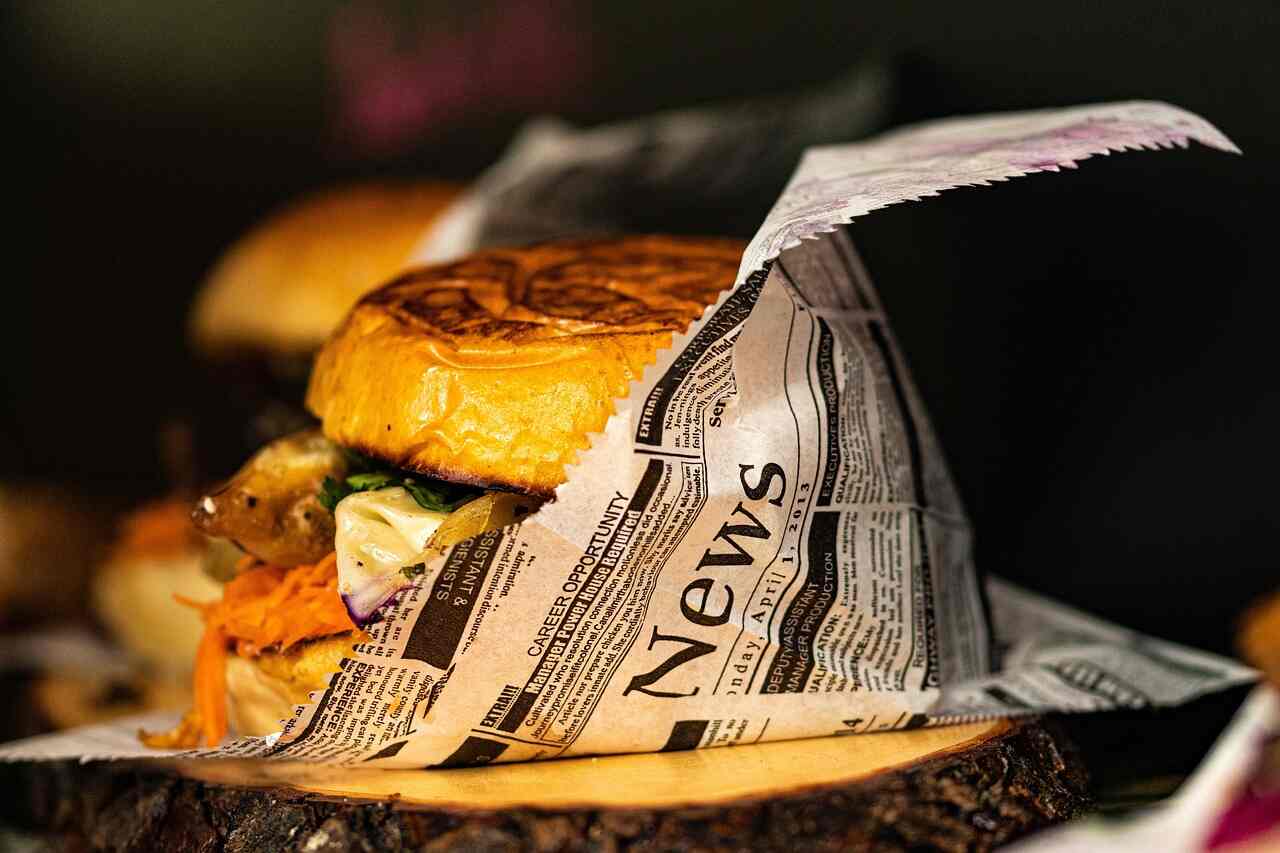Introduction
Traveling on budget doesn’t mean sacrificing delicious, nourishing meals. With a bit of creativity and planning, you can enjoy great food without breaking the bank. Whether you’re backpacking across Europe or road-tripping through the U.S., this guide will help you save money on food, find free eats, and discover the best travel-friendly foods.

Section 1: How to Save Money on Food When Traveling
Eating well on a budget while traveling is all about smart choices. Here are some practical tips:
1.1. Cook Your Own Meals
One of the simplest ways to save money is by cooking your own meals. Many hostels, Airbnb rentals, and even some hotels offer kitchen facilities. You can visit local markets or grocery stores to pick up fresh ingredients. Not only will this save you money, but it also allows you to try cooking with local produce and ingredients.
- Tip: Focus on simple, one-pot meals like pasta, stir-fries, or salads. They’re easy to make and require minimal equipment.
1.2. Eat Like a Local
Local eateries often offer the most affordable and authentic food options. Street food, food markets, and small, family-run restaurants usually provide delicious meals at a fraction of the cost of touristy restaurants.
- Tip: Avoid dining in areas close to major tourist attractions. Instead, venture a bit further to find where the locals eat.
1.3. Take Advantage of Free Hotel Breakfasts
Many hotels and hostels offer free breakfast. Fill up in the morning to keep yourself fueled for the day. Some places even offer breakfast buffets, where you can grab an extra piece of fruit or a snack for later.
- Tip: If your accommodation doesn’t include breakfast, consider bringing your own oatmeal or cereal and buying milk from a local store.
1.4. Pack Snacks
Having snacks on hand can prevent you from spending money on overpriced food when hunger strikes. Granola bars, nuts, dried fruit, and crackers are all travel-friendly options that can tide you over between meals.
- Tip: Refill your water bottle at your accommodation or public water fountains to avoid buying bottled water.
1.5. Share Meals
Portion sizes are often large enough to share, especially in the U.S. and some European countries. Splitting a meal with a travel companion not only saves money but also allows you to try more dishes without feeling too full.
- Tip: When dining alone, consider ordering from the appetizer or side menu, which can be more affordable than a full entrée.

Section 2: How to Get Free Food While Traveling
Yes, you read that right—free food is possible! Here’s how to find it:
2.1. Volunteer Programs
Many volunteer programs offer free meals in exchange for your time and effort. Websites like Workaway or WWOOF connect travelers with hosts who need help on farms, in hostels, or even with house-sitting. In return, you often receive free accommodation and meals.
- Tip: Research volunteer opportunities in your destination before you go to ensure they match your interests and schedule.
2.2. Attend Local Events
Keep an eye out for local events, festivals, or community gatherings. These events often feature food stalls or free samples. Not only do you get to enjoy a meal, but you also get to experience local culture and meet new people.
- Tip: Check local event calendars or ask locals for recommendations.
2.3. Couchsurfing
Couchsurfing isn’t just about free accommodation—it’s also a great way to share meals with locals. Many hosts enjoy cooking for their guests or sharing a meal together. It’s a wonderful way to try homemade local cuisine without spending a dime.
- Tip: Be respectful and offer to contribute by helping with cooking, cleaning, or bringing a small gift.
2.4. Visit Temples and Churches
In some countries, temples and churches offer free meals to visitors as part of their religious practices. For example, Sikh temples (Gurdwaras) around the world serve free vegetarian meals to anyone, regardless of their faith.
- Tip: Be respectful of local customs and dress codes when visiting religious sites.
2.5. Dumpster Diving and Food Sharing Apps
For the more adventurous traveler, dumpster diving can be a way to find free food that’s still perfectly good but has been discarded by stores. Additionally, food-sharing apps like Olio connect you with locals who have surplus food they’re willing to share.
- Tip: Always prioritize your safety and hygiene. Make sure any food you take is still fresh and edible.

Section 3: How Do You Eat Real Food on a Budget?
Eating healthy, real food doesn’t have to be expensive. Here’s how to do it:
3.1. Shop at Local Markets
Local markets are treasure troves of fresh produce, meats, and dairy products. Not only are these items often cheaper than in supermarkets, but they’re also likely to be fresher and more flavorful. Plus, shopping at markets gives you a chance to interact with locals and learn more about the regional cuisine.
- Tip: Bring a reusable bag and buy what’s in season for the best prices.
3.2. Opt for Simple, Whole Foods
Instead of buying processed or packaged foods, stick to simple, whole foods like fruits, vegetables, grains, and legumes. These staples are not only affordable but also versatile and nutritious.
- Tip: Beans, rice, and oats are inexpensive, filling, and easy to prepare in a variety of ways.
3.3. Avoid Tourist Traps
Restaurants in touristy areas often have inflated prices and mediocre food. To eat well on a budget, seek out places where locals dine. Apps like Google Maps, TripAdvisor, or even social media can help you find hidden gems that offer great food at reasonable prices.
- Tip: If you’re unsure where to eat, ask a local for their recommendations.
3.4. Take Advantage of Supermarkets
Supermarkets often have affordable ready-to-eat options, such as salads, sandwiches, and rotisserie chickens. These can be a great alternative to eating out, especially if you’re in a hurry or don’t have access to a kitchen.
- Tip: Check for daily discounts on food that’s near its expiration date. These items are still good to eat and often sold at a fraction of the original price.
3.5. Embrace Street Food
Street food is not only delicious but also budget-friendly. From tacos in Mexico to bánh mì in Vietnam, street vendors often serve up some of the best local dishes for a fraction of the cost of a sit-down restaurant.
- Tip: Look for stalls that are popular with locals, as this usually indicates good food and safety.

Section 4: Which Food Is Best for Traveling?
When you’re on the road, certain foods are more practical and travel-friendly than others. Here’s what to consider:
4.1. Non-Perishable Snacks
Non-perishable snacks are a traveler’s best friend. Think granola bars, trail mix, crackers, and dried fruit. These items don’t require refrigeration and can be easily packed in your bag for long bus rides or hiking trips.
- Tip: Opt for snacks with a good balance of protein, carbs, and fats to keep you energized throughout the day.
4.2. Fresh Fruits and Vegetables
Fruits like apples, bananas, and oranges are perfect for travel because they’re easy to carry and don’t need to be refrigerated. Vegetables like carrots, cucumbers, and bell peppers are also great options.
- Tip: Pre-wash and cut your fruits and vegetables at your accommodation to make them easier to eat on the go.
4.3. Nut Butters and Crackers
Nut butters like peanut butter or almond butter are excellent sources of protein and healthy fats. Paired with whole-grain crackers or rice cakes, they make a satisfying snack or light meal.
- Tip: Look for single-serving packets of nut butter for easy portion control and convenience.
4.4. Instant Noodles or Soups
Instant noodles or soups are lightweight and easy to prepare with just hot water. While they’re not the healthiest option, they can be a lifesaver when you need a quick, warm meal.
- Tip: Add some fresh vegetables or a boiled egg to your instant noodles to make them more nutritious.
4.5. Local Delicacies
Don’t forget to try the local delicacies of the places you visit. These foods often reflect the culture and history of a region and can be an unforgettable part of your travel experience.
- Tip: Visit local bakeries, delis, or specialty stores to find unique snacks and treats that you can take with you.
Conclusion
Traveling on budget doesn’t mean compromising on good food. With a bit of planning, creativity, and a sense of adventure, you can eat well and save money while exploring the world. From cooking your own meals and enjoying street food to finding free eats and discovering the best travel-friendly foods, this guide has you covered. So pack your bags, hit the road, and remember—you don’t have to spend a fortune to enjoy delicious meals on your journey!
Additional Resources:
- How to Eat Cheap Around the World: For more tips on budget-friendly eating while traveling.
- 3 Days Travel Guide and Itinerary Granada Spain: Plan your trip to Granada, Spain, with this comprehensive guide.





One Comment